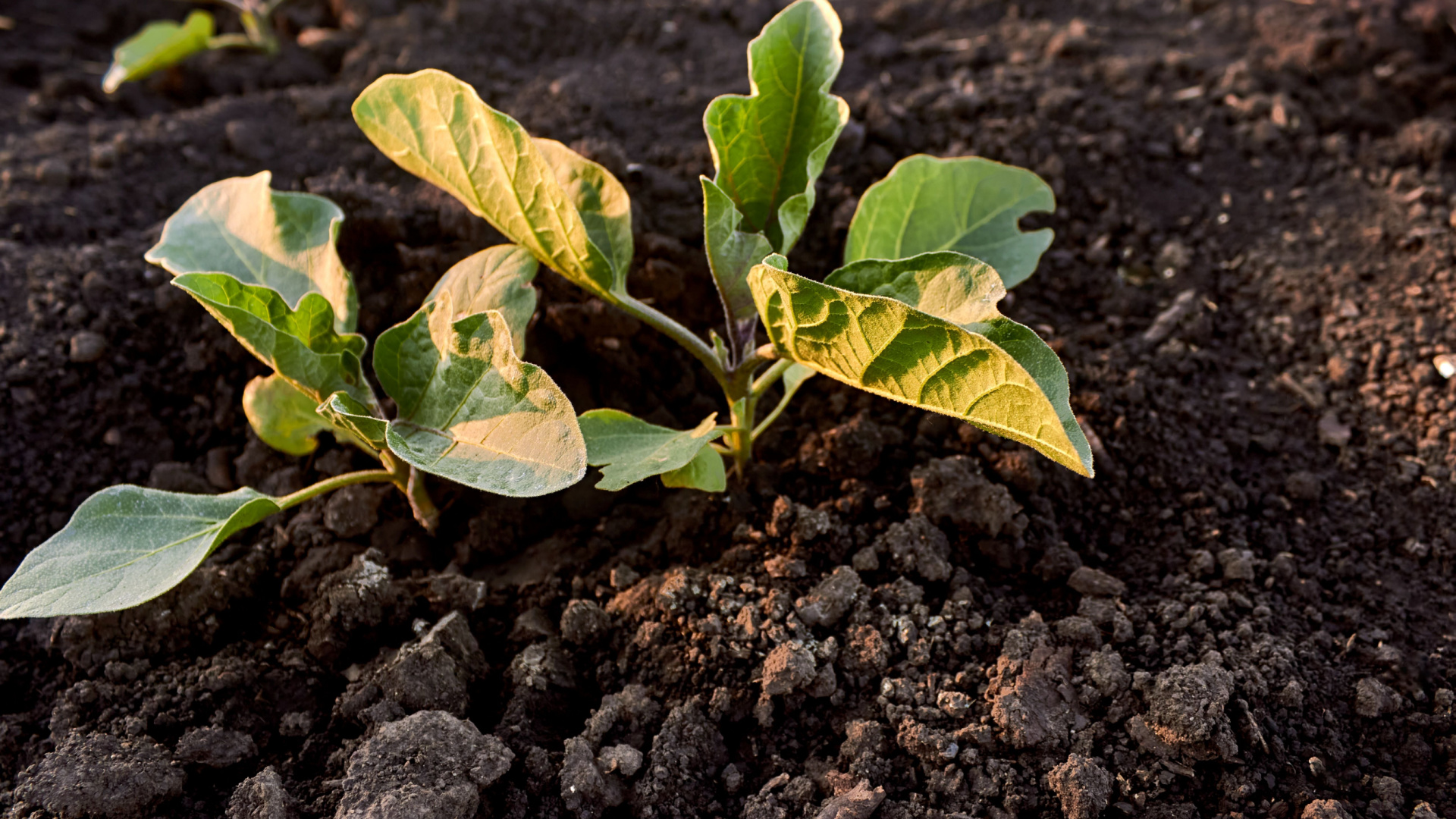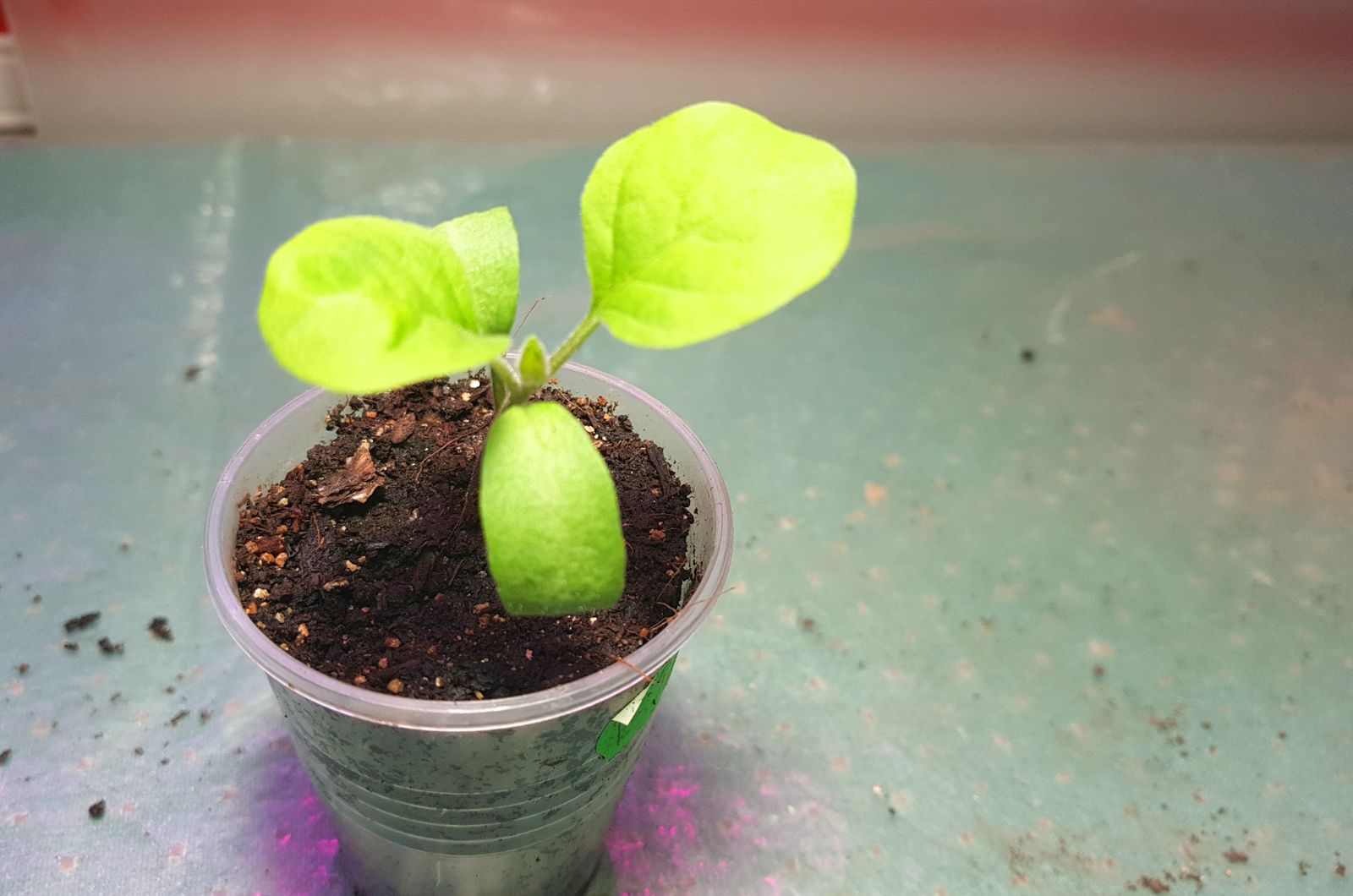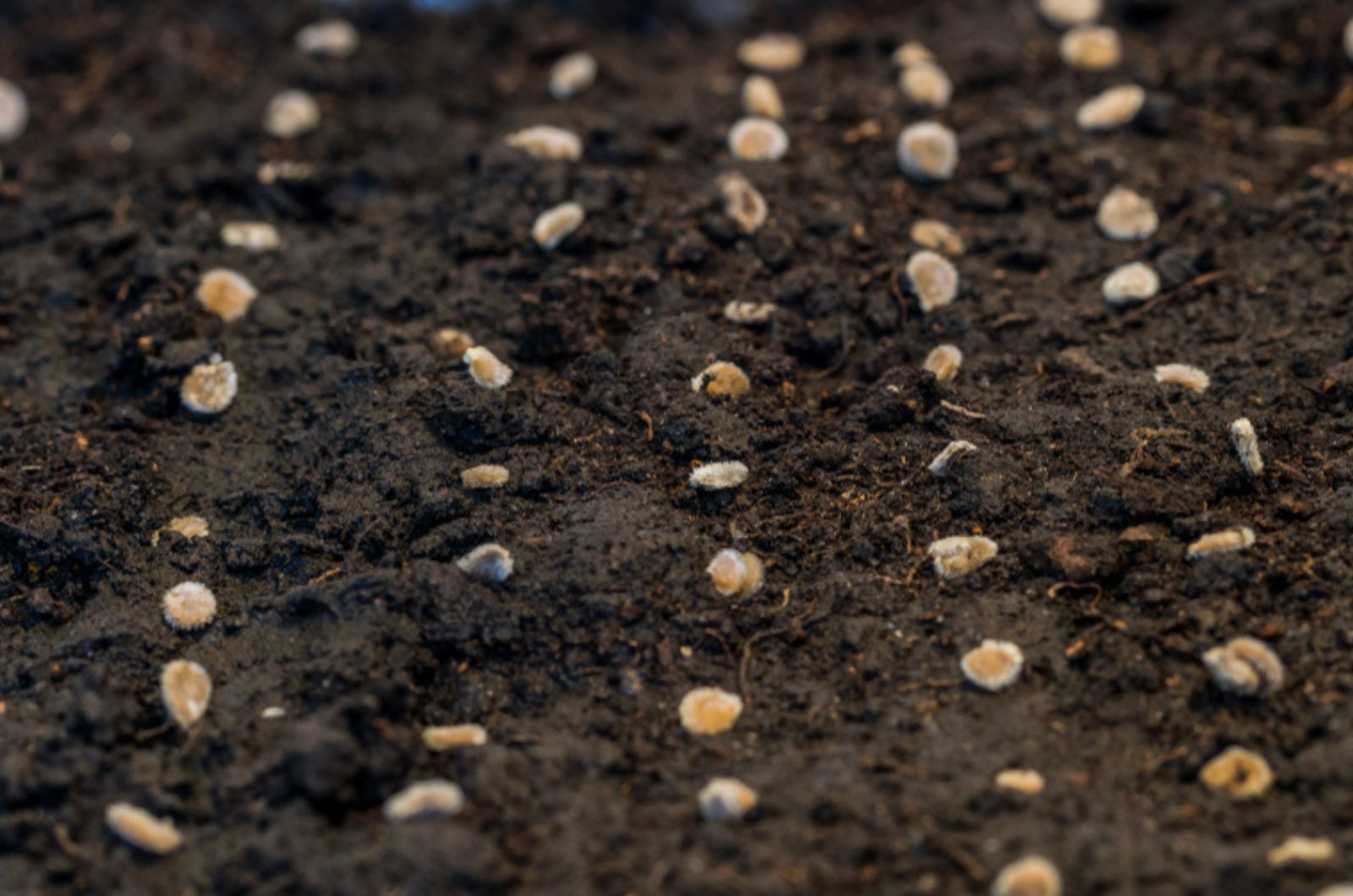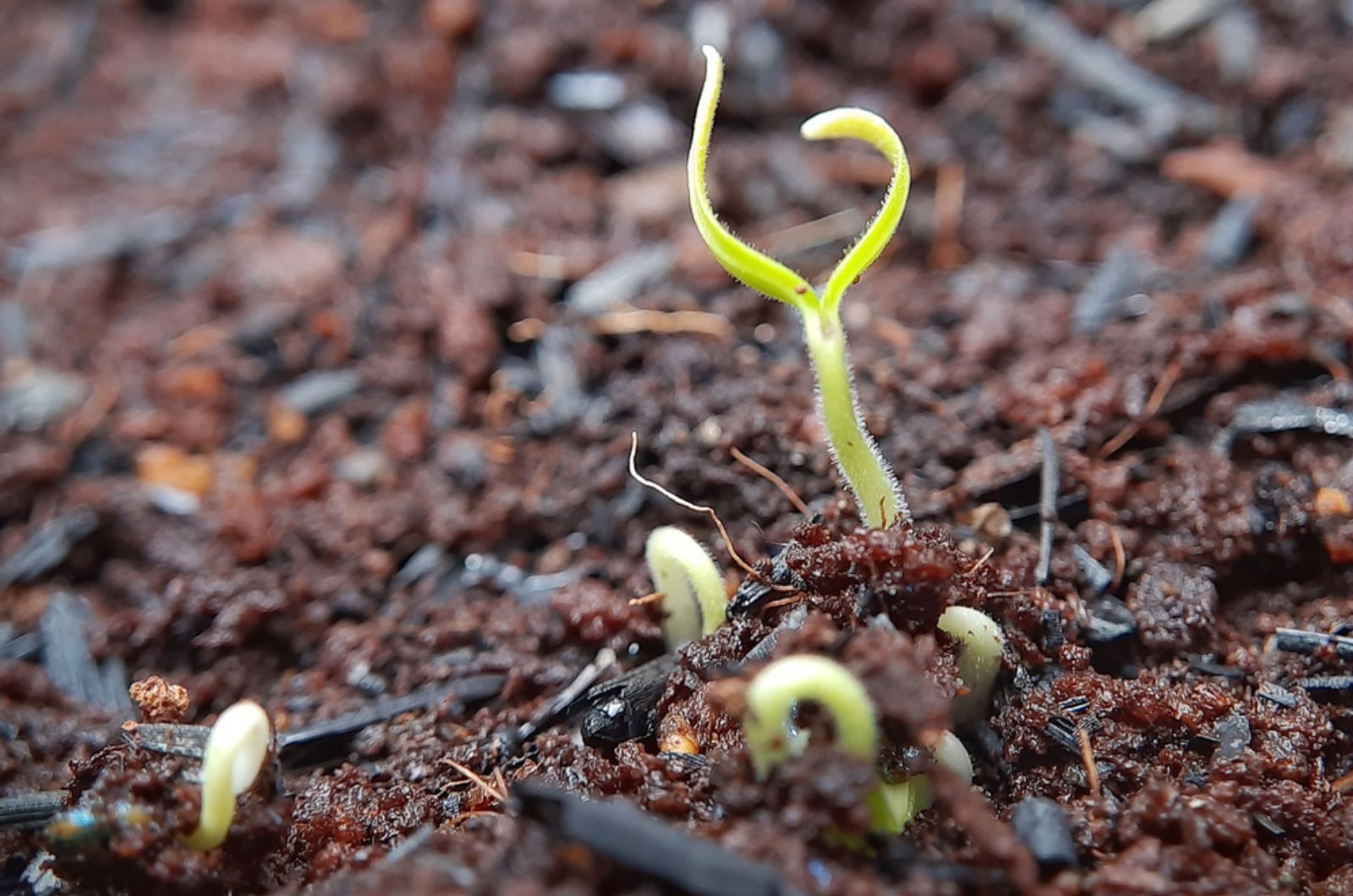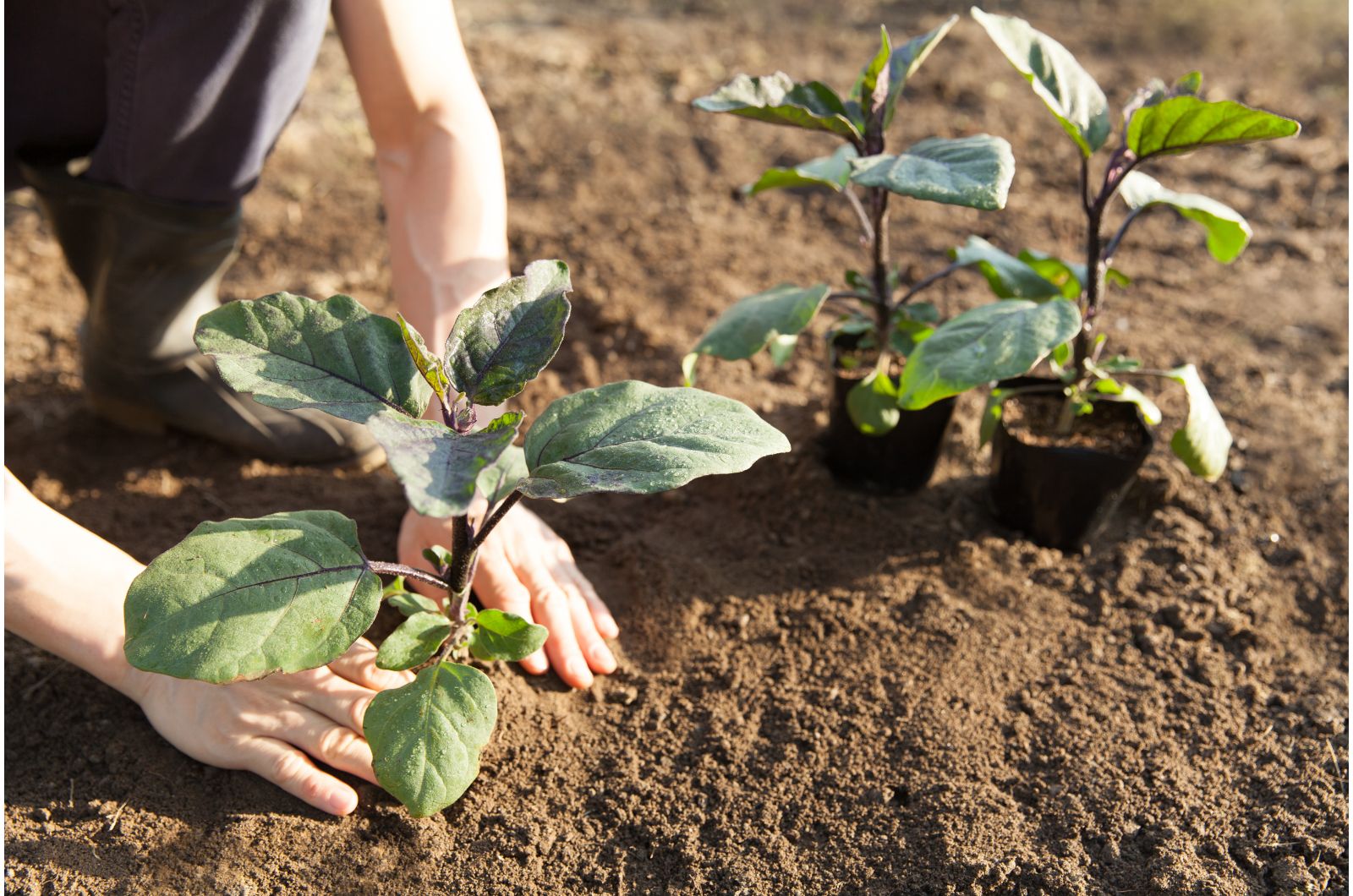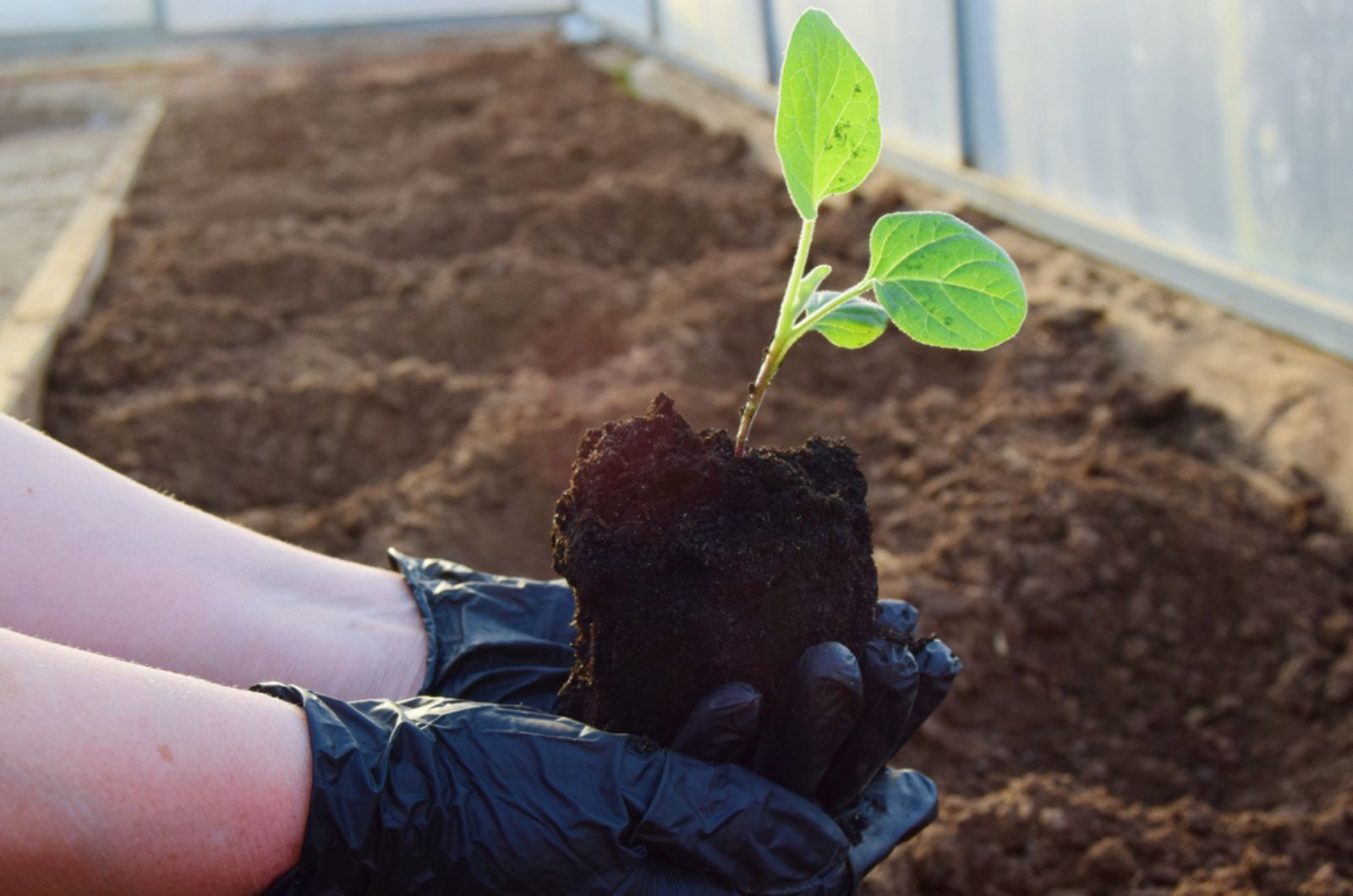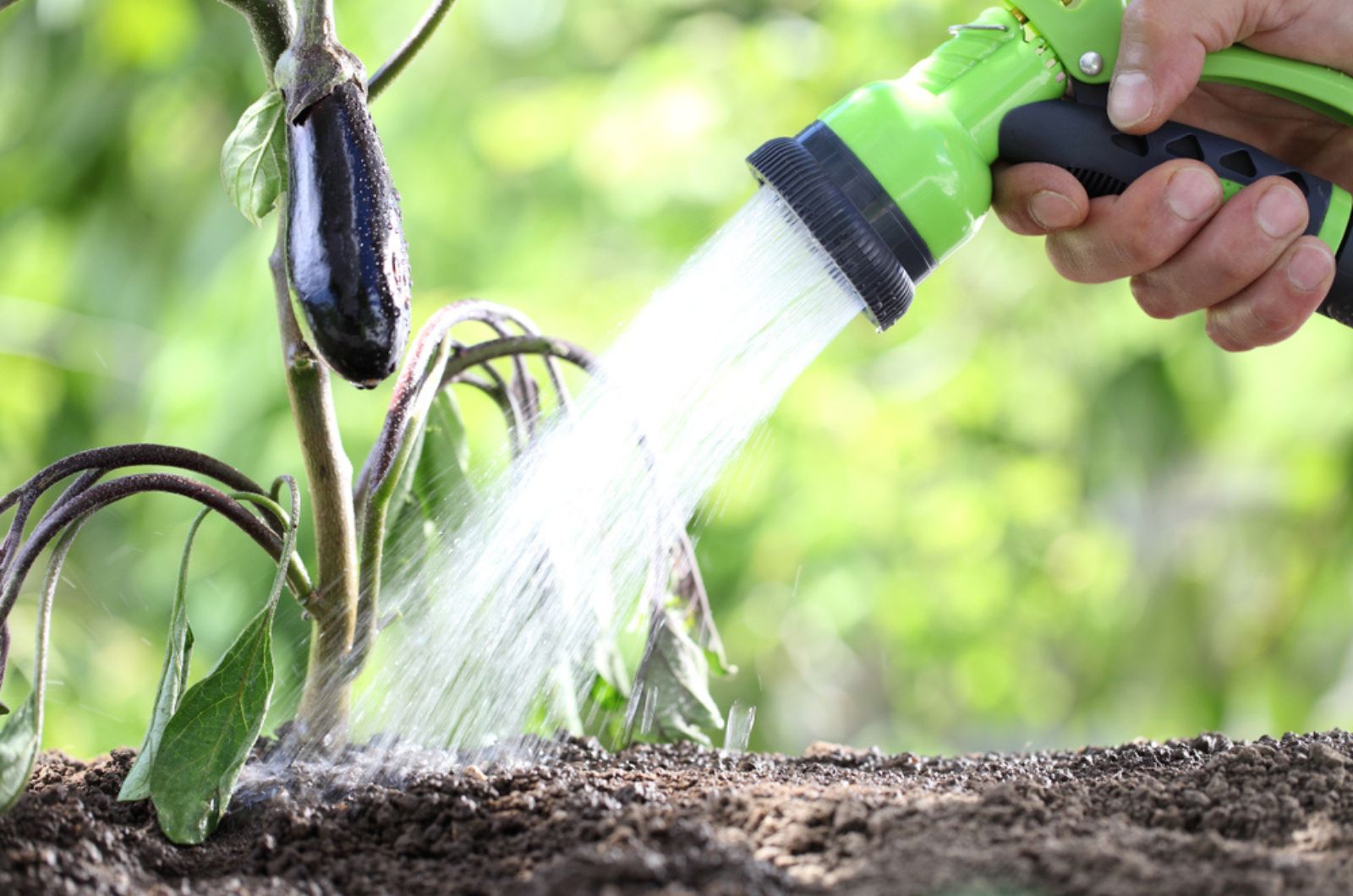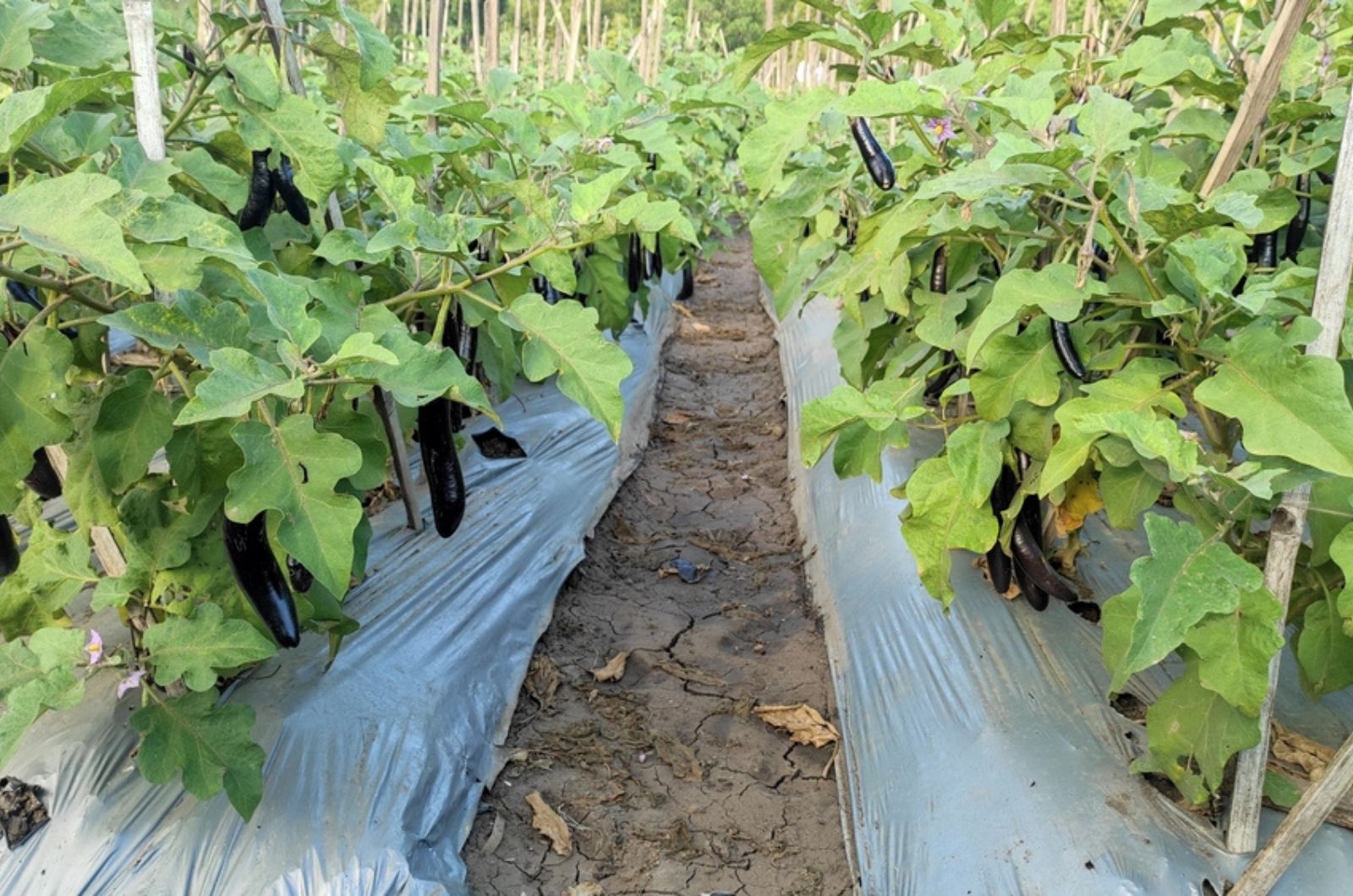I think eggplants are an underrated vegetable. Everyone is going on and on about zucchini, tomatoes, and peppers, but the purple fruits of this veg can bring a lot to the table.
They are delicious when made properly and they’re not that difficult to grow. In fact, now’s the prime time to start them indoors and jump start your harvest!
Here’s everything you need to know about sowing and transplanting eggplants!
Let’s get started!
When To Start Eggplants Indoors
One of the common eggplant growing mistakes is planting them at the wrong time. If you start these vegetables early, you can get a great head start.
Technically, you should sow eggplant seeds 8-10 weeks before the last frost date. In New York, that’s February, in Florida – well, we’ve already done it in January!
In South Florida and similar climates, you can start your eggplant seeds anywhere between August and February! An amazing time span!
You shouldn’t sow the seeds any later than six weeks before the last frost because the seedlings won’t be able to develop in time for transplanting.
How To Sow Eggplants
Sowing seeds indoors isn’t that difficult. Everyone’s doing it these days. Here’s a little guide that can help you out!
Step 1. Fill a nursery tray or pot with a moist seed-starting mix. It should be able to keep the shape, but no water should drip out.
Step 2. Sow the eggplant seeds quarter of an inch deep. This will allow them to push through the soil easily.
Step 3. Cover the seeds with a humidity dome, cling film, or a plastic bag. This will maintain optimal moisture and prevent the seeds from drying out.*
Step 4. Move the tray to a warm spot or keep it on a heating mat with soil temperatures between 75-90°F. Eggplants won’t germinate if the potting mix is too cold.
Step 5. The seeds should sprout within 1-3 weeks, depending on the growing conditions.
Step 6. Introduce your seedlings to bright indirect sunlight or grow lights and keep the growing medium moist.
Step 7. Once the first true leaves appear, thin the seedlings until they’re 2-3 inches apart or transplant each of them into separate containers.
Understanding the eggplant growing stages can help you out at this point because it provides insight into specific care requirements in any given phase.
* If you didn’t punch any holes in the cling film, plastic bag, or humidity dome, make sure to lift them up from time to time. This will introduce fresh air to the seeds and prevent rotting.
Transplanting Eggplants Outdoors
If you’re growing eggplants in soil bags, you don’t have to worry about moving them outdoors. But if you’ve started them from seeds and want to get the largest harvest possible, you should take them to your outside garden.
The key to transplanting eggplants outdoors is waiting until they are strong enough and there’s no risk of spring frosts decimating your crop.
Once your eggplant seedlings have 2-3 sets of true leaves, you can begin hardening them off.
That means moving them to a sheltered outdoor position for an hour or two and then taking them back indoors. Do this every day, increasing the amount of time the seedlings spend outdoors by an hour or two.
Also, gradually increase the amount of sunlight these seedlings receive so that the full sun conditions don’t scorch them.
And don’t forget to increase irrigation frequency at this point. Outdoor temperatures, air movements, sunlight, and stress will result in your plants needing a lot more moisture than in the indoor controlled conditions.
Make sure to water your eggplant seedlings before transplanting them outdoors. Also, move your plants to their permanent location on an overcast day. These two things will reduce the water loss from your plants and the transplant shock they have to go through.
Keep the temperatures in mind as well. Don’t move your seedlings outdoors before the nighttime temperatures are above 50°F.
You can also consider installing trellises and supports at this point. That way, you’ll avoid damaging the roots once the plants establish.
Dig holes deep enough to fit the entire root system and move your plants without disturbing their rootball.
Ensure that your transplants are approximately a foot and half apart. Separate each row 30-36 inches to give them enough room to grow.
After your eggplants are in the ground, give them some time to continue growing. Water your plants 1-2 times per week or more often, depending on the weather.
Keep Your Eggplants Healthy And Productive
Lack of moisture will result in poor yields, blossom-end rot, and bitter eggplants. That’s why you should give your plants an inch of water every week, either through rainfall or supplemental watering.
Yet, avoid overhead irrigation since that can increase the risk of fungal diseases. Water eggplants at their base without splashing the soil on the foliage. This, too, can make them more susceptible to infections.
One last thing about irrigation. Give your eggplants infrequent, yet deep watering treatments. This will encourage them to produce deep roots and prevent them from drying in hot weather.
If you want your eggplants to be as productive as possible and reduce your gardening chores, consider mulching them with grass clippings.
This will suppress weed growth and increase moisture retention. That means less weeding and watering for you!
And finally, once the harvesting time arrives, use sharp pruners to snip the fruits of plants. This will reduce the damage you do to the plant and the fruit.
Eggplants will produce fruit more than once, so keeping the plants healthy is essential if you want a large harvest.

